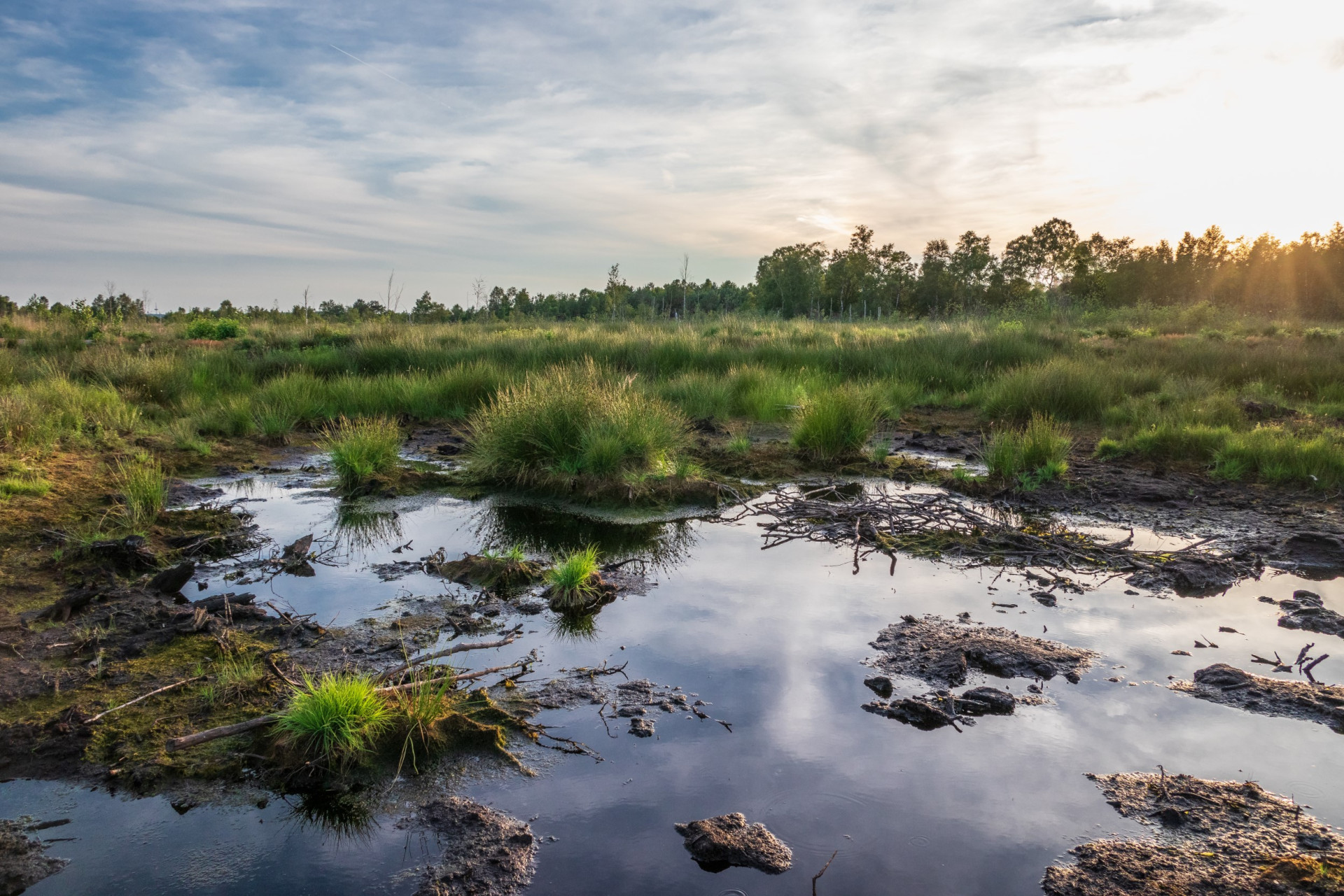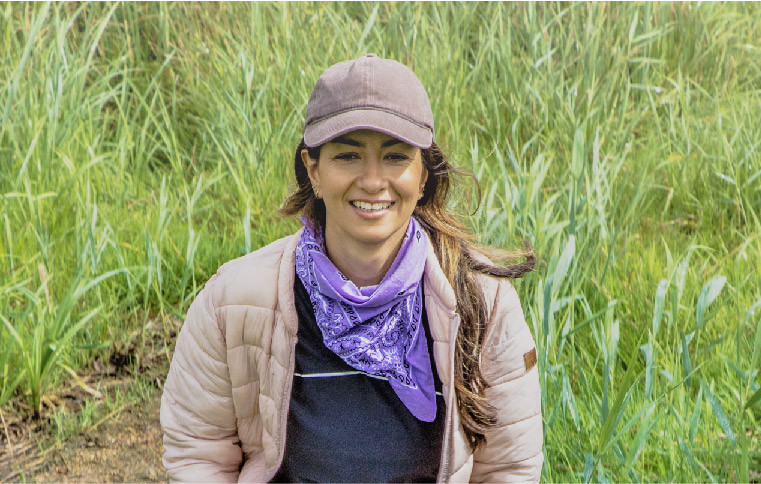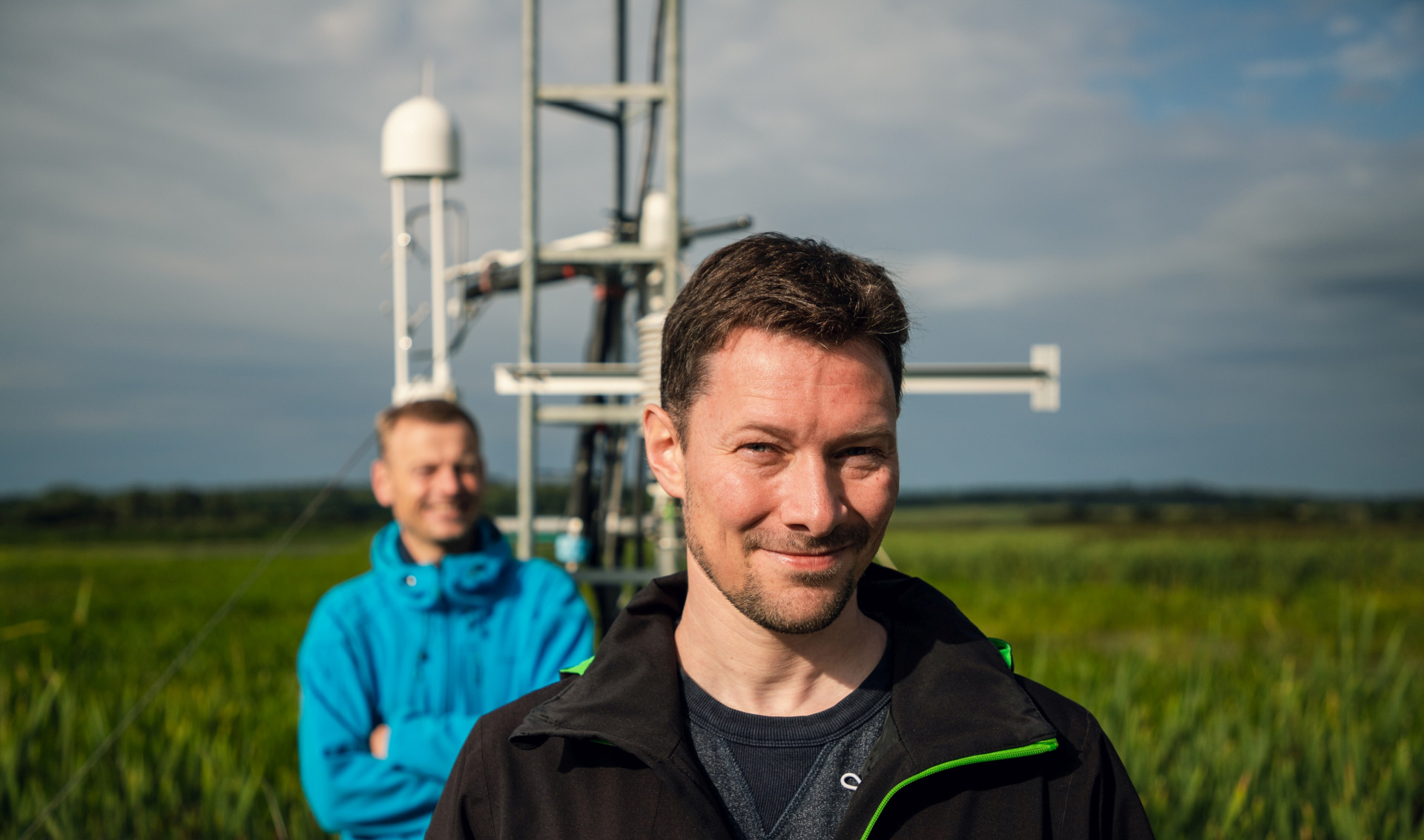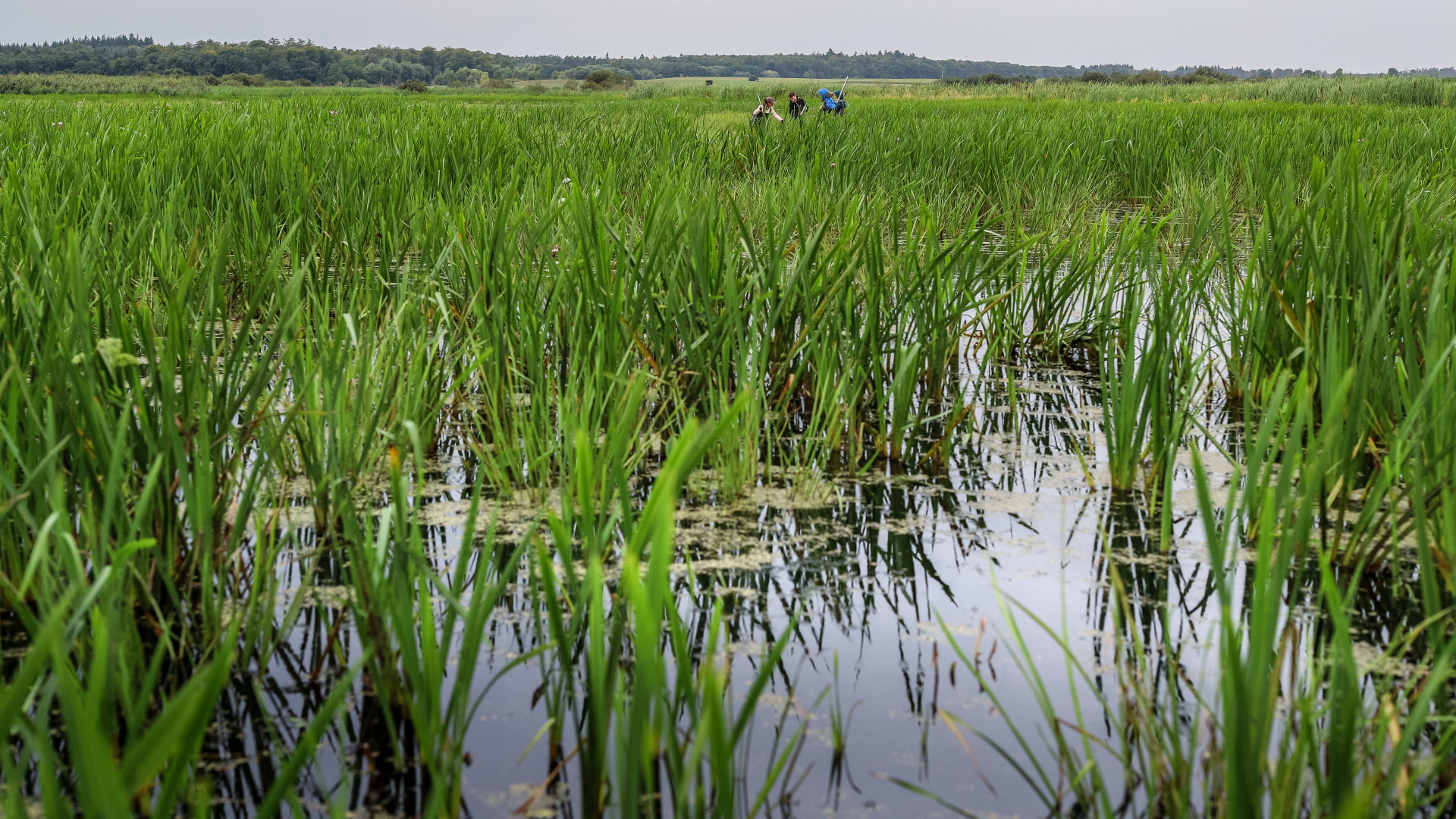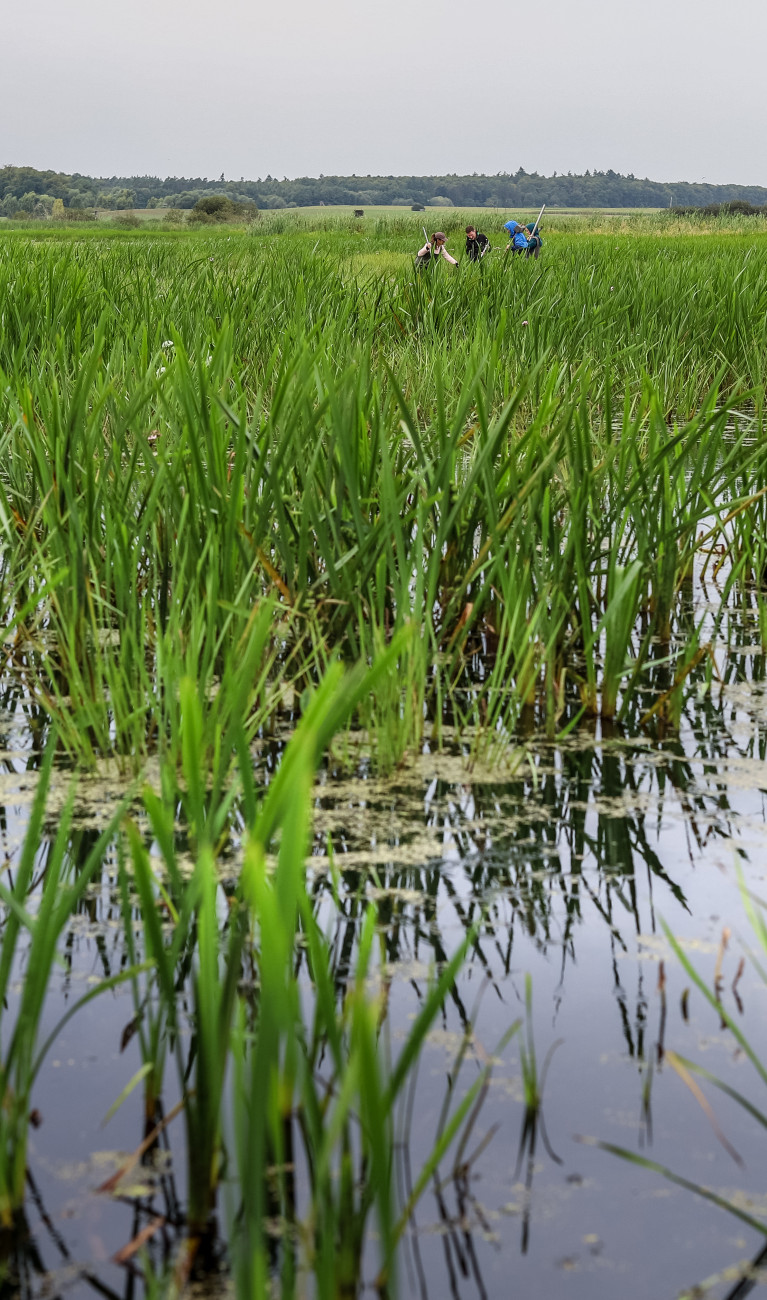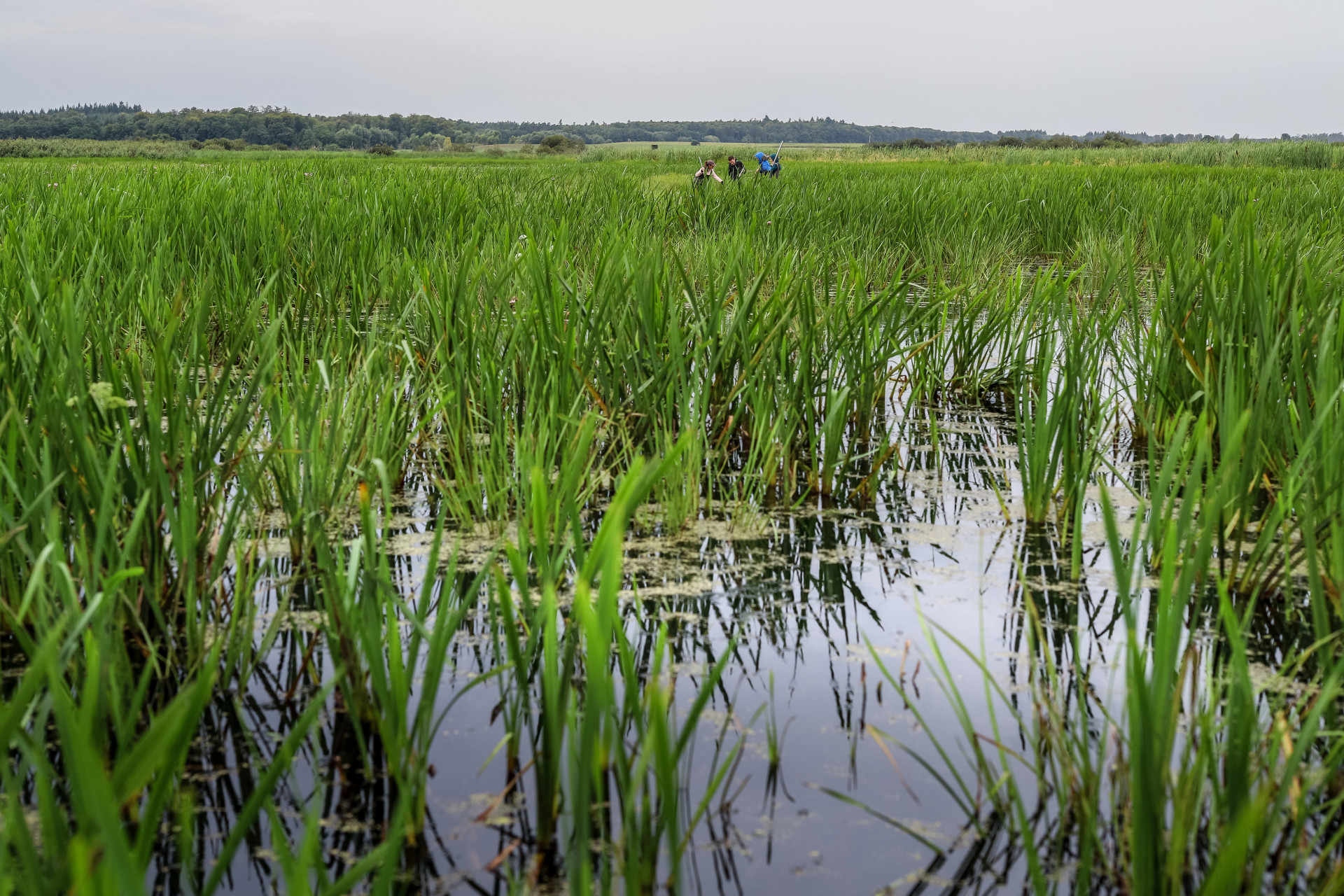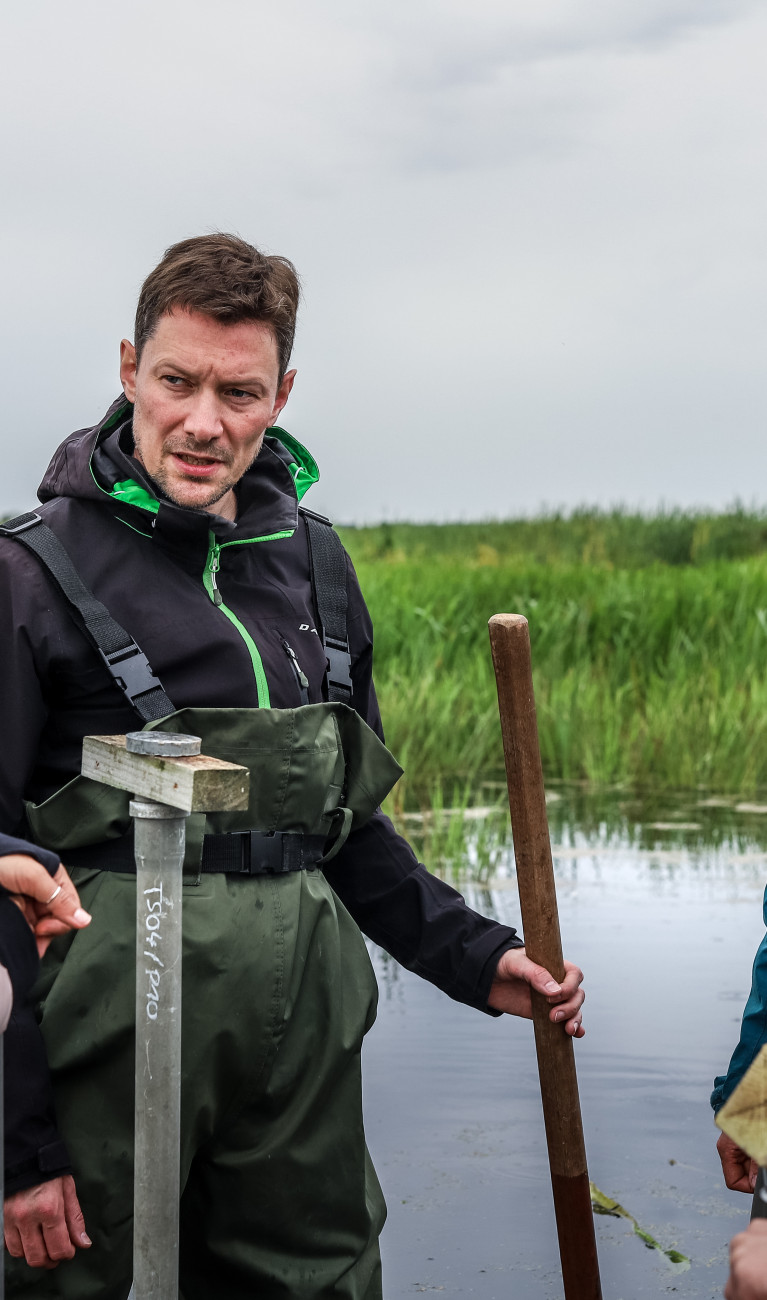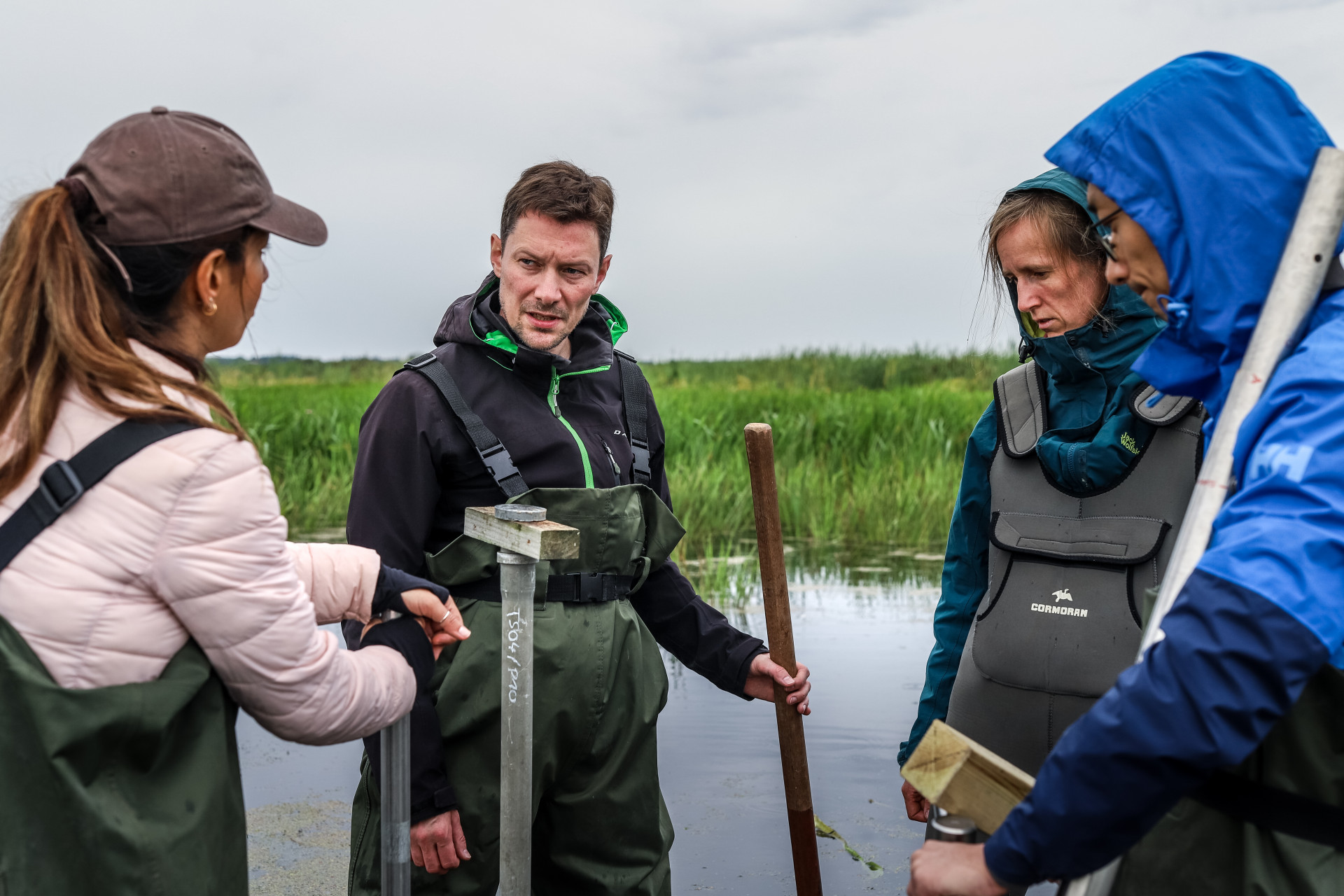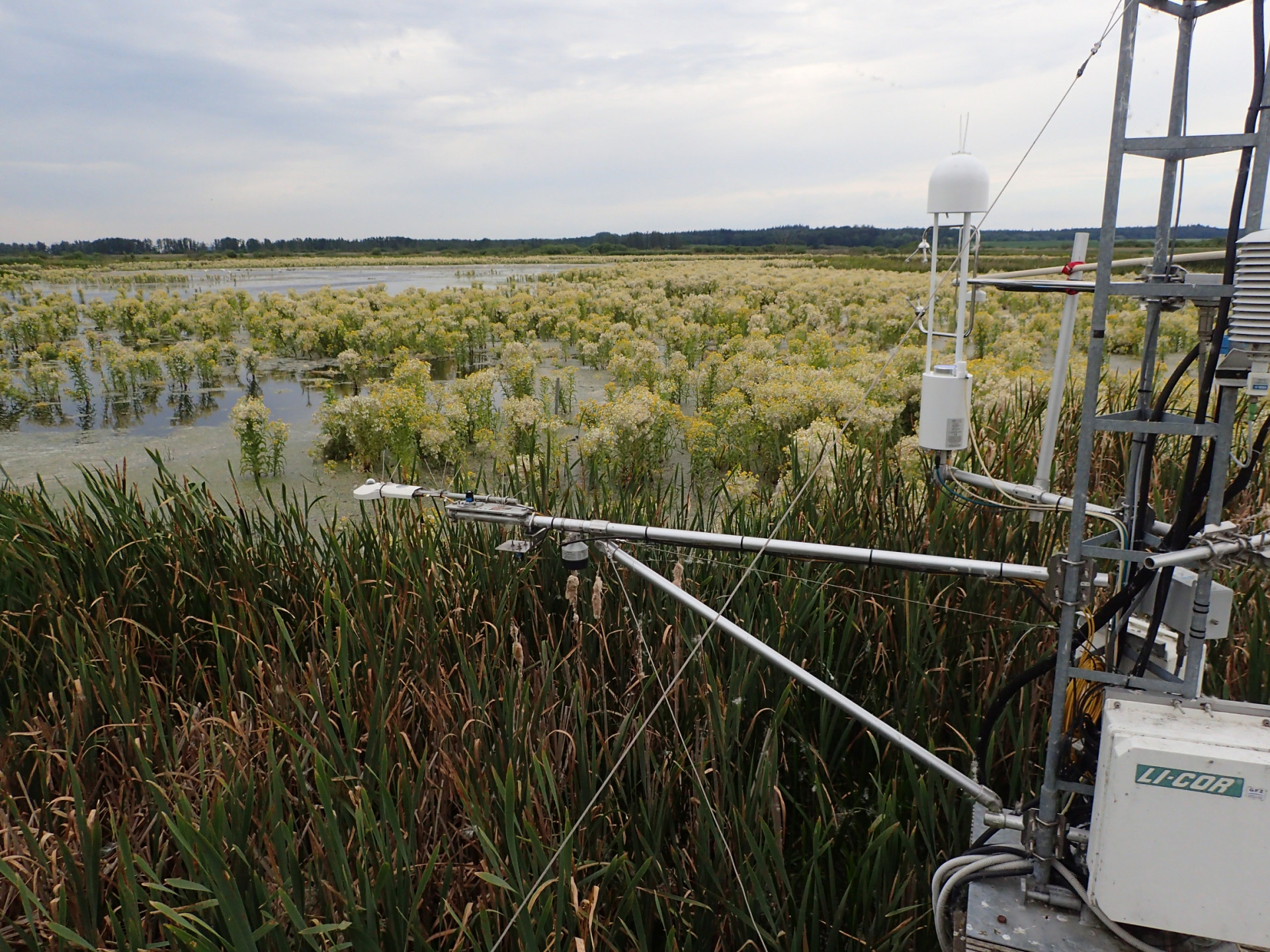Why protecting wetlands is crucial for climate protection

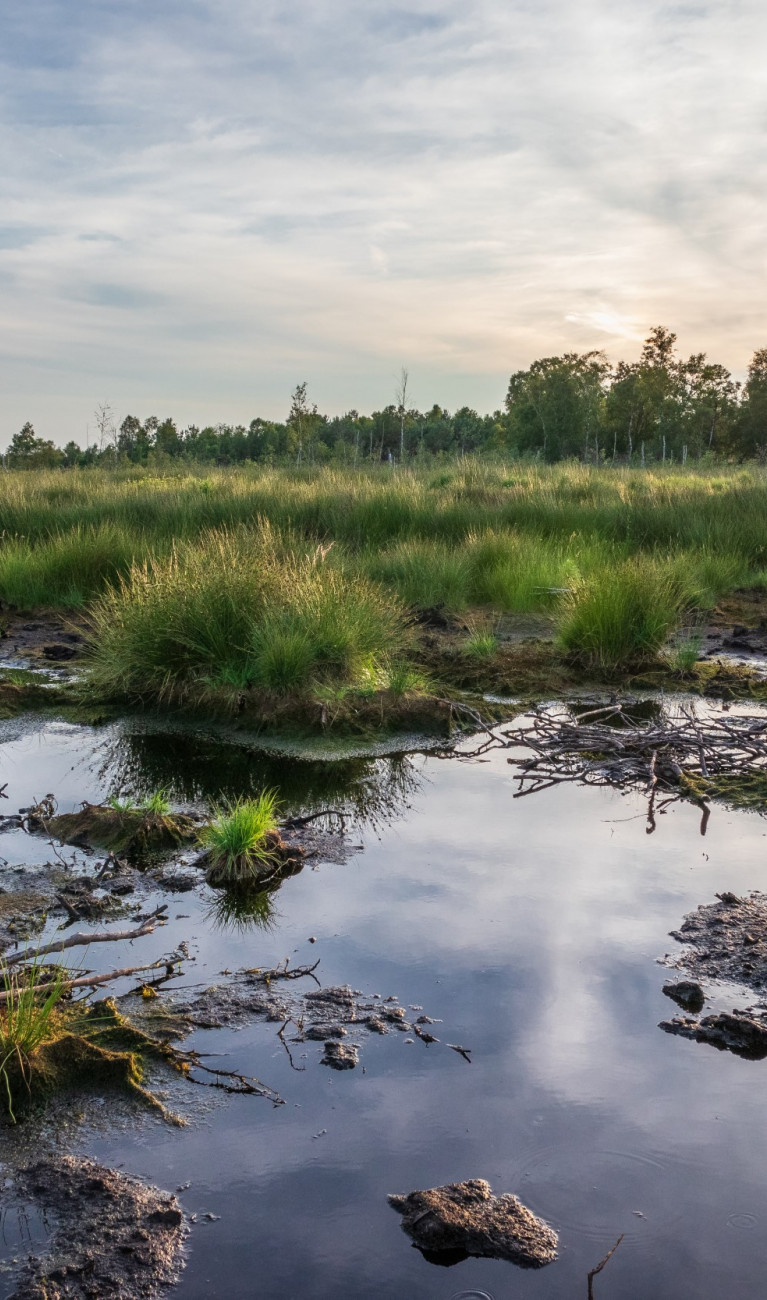
They take up only small areas of land, but the amount of carbon they store is enormous: Wetlands can help us tackle climate change, if we change the way we treat them. At the Helmholtz Centre Potsdam – GFZ German Research Centre for Geosciences, Aram Kalhori and Torsten Sachs are investigating the fluxes of gases between biosphere and atmosphere. For World Wetlands Day, we spoke to them to learn more about the climate potential of peatlands.
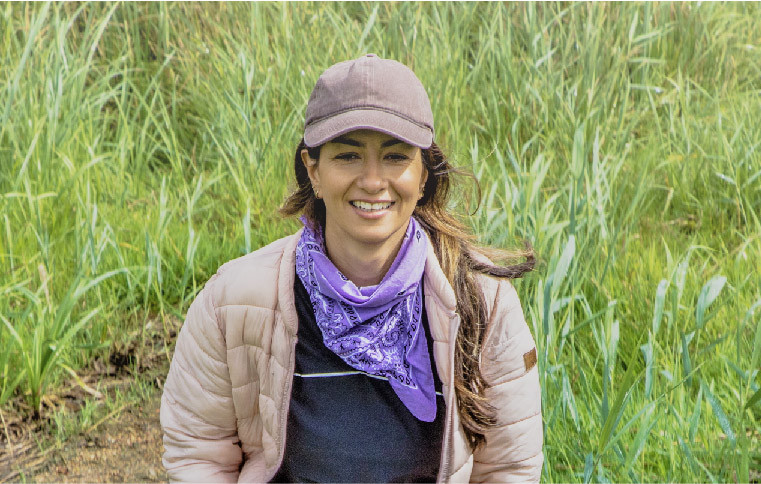
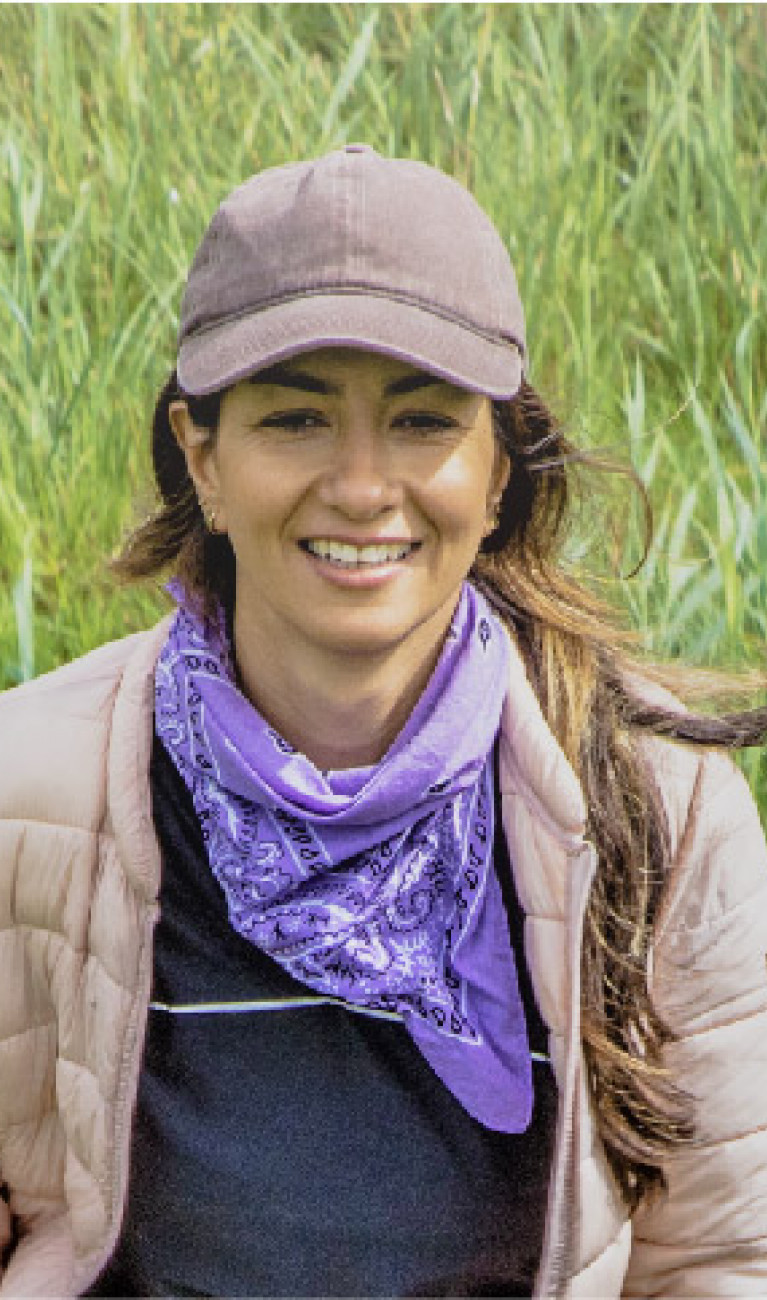
What triggered your interest in wetlands, Aram?
Aram Kalhori: My interest in wetlands probably goes back to my childhood times. I grew up in Iran, and as a kid, I always loved nature and adventures. My family and I used to travel to the city of Ramsar, near the shore of the Caspian Sea, at least once a year, and that is when I started learning about the Ramsar Convention. Since my dad was also very much into nature, we always hiked around the area together, and he would talk about the Ramsar Convention and how important it was to protect wetland ecosystems. The convention was adopted in 1971, when I wasn't even born – the same day we now celebrate as World Wetlands Day.
What are those wetlands around Ramsar like?
Kalhori: Back when I was a kid, the wetlands around Ramsar looked beautiful. I remember the sound of the birds, and the massive biodiversity of the region. As a child, I found it really fascinating. But recently, when I visited the area again, I saw a completely different ecosystem – totally disturbed, with only few birds and animals and a drastically decreased biodiversity. A lot of it is due to climate change. In Iran, the drought condition is worsening, and water is a severe problem.
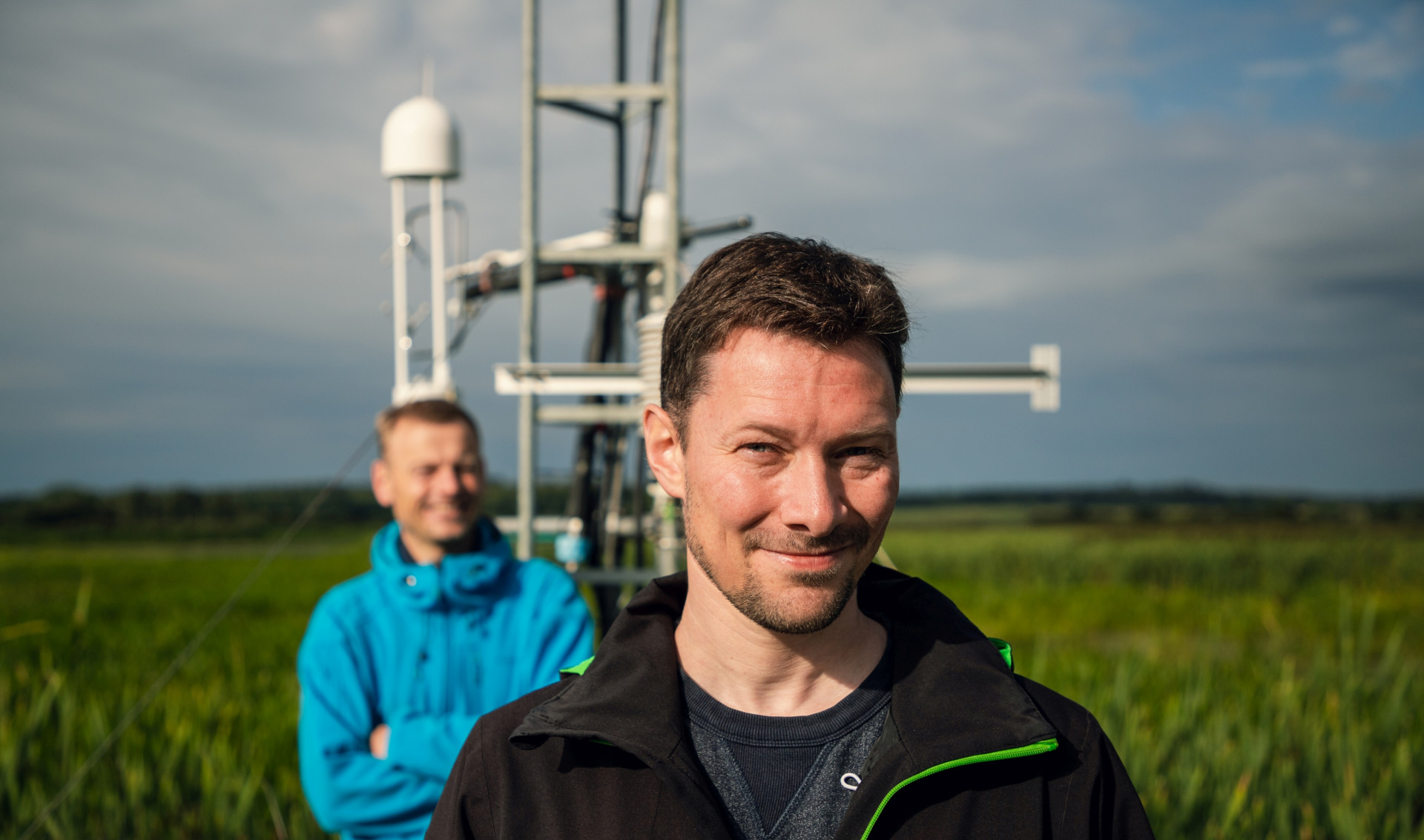
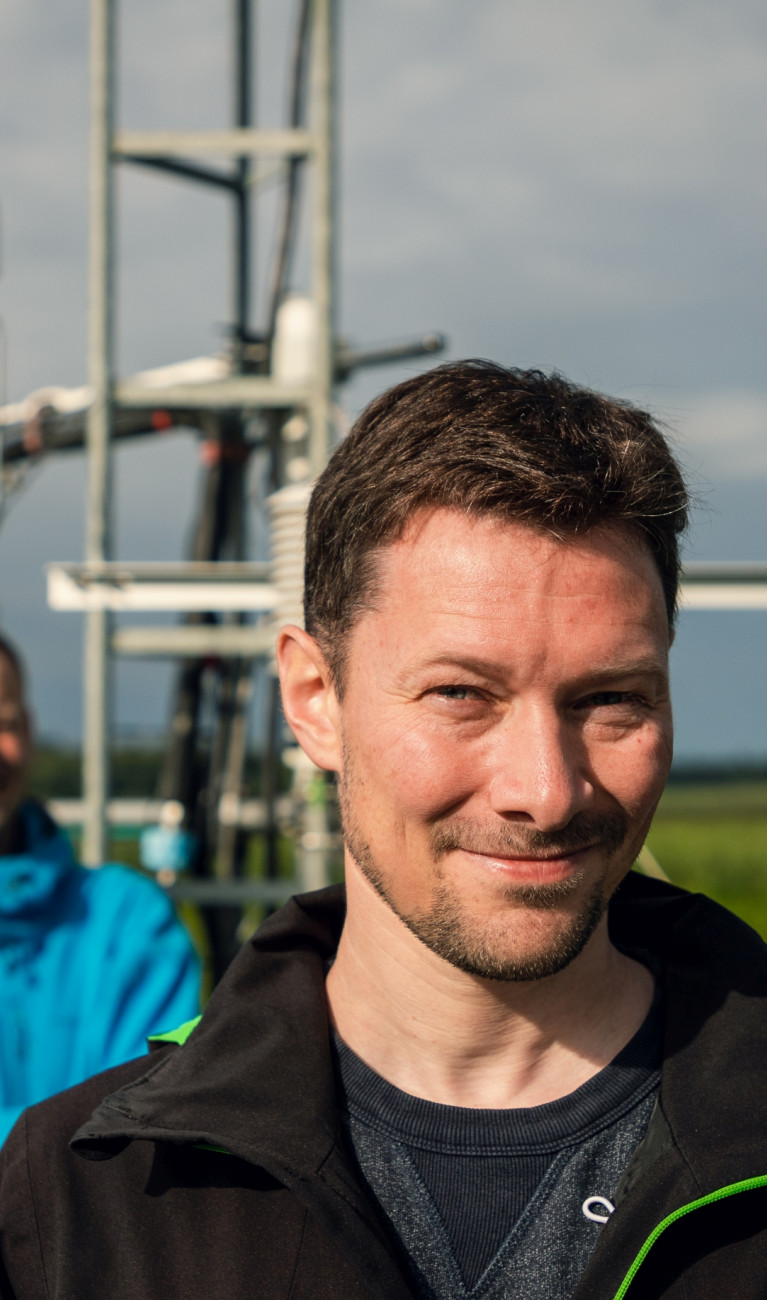
Today, you’re doing research on wetlands here in Germany, together with Torsten Sachs. You’re looking into peatlands as a natural climate solution.
Torsten Sachs: Right, wetlands are really important as natural carbon stores. For millennia, they accumulated large amounts of carbon. Especially the peatlands – which are the ones that form a thick layer of peat full of organic matter. They occupy only 3% of the Earth's surface, but store 500 billion tons of carbon. So, it's a tiny fraction of land that stores a humongous amount of carbon, twice as much as the entire forest biomass. It's a super efficient place for carbon storage.
Kalhori: Yes, and wet peatlands provide us valuable ecosystem services and have additional co-benefits which matter particularly regarding climate change. Peatlands, in their near-natural status, have a critical role in preserving biodiversity. They improve the water quality, retain water, serve as a buffer during floods and extreme events, and filter out nutrients.
Moore nehmen nur 3 Prozent der Erdoberfläche ein, speichern aber 500 Milliarden Tonnen Kohlenstoff. Auf einem winzigen Bruchteil der Landfläche liegt also eine riesige Menge an Kohlenstoff, doppelt so viel wie die gesamte Biomasse des Waldes. Das sind also unglaublich effiziente Orte zum Speichern von Kohlenstoff.
Kalhori: Ja, und intakte Moore bieten uns auch viele andere Vorteile, die in einer Welt des Klimawandels wichtig sind. In naturnahem Zustand sind sie essentiell für den Erhalt von Biodiversität. Sie verbessern die Wasserqualität, speichern Wasser im Boden, dienen bei Hochwasser und Extremereignissen als Puffer und filtern Nährstoffe heraus.
Expertise

Torsten Sachs
Leider können viele Moore das heute nicht mehr, da sie in einem schlechten Zustand sind. Wie kam es dazu?
Sachs: Wenn wir uns die deutschen Moore ansehen, haben wir 98 Prozent davon trockengelegt. Von natürlichen Mooren ist hier wirklich nicht mehr viel übrig. Diese Entwässerung begann vor Jahrhunderten, um Land zu besiedeln und landwirtschaftlich nutzbar für die Menschen zu machen. Sie bauten zum Beispiel Torf ab, um ihn zu verbrennen und Häuser zu heizen, und entwässerten große Flächen, um Felder und Viehweiden anzulegen.
Die Ramsar-Konvention sollte Feuchtgebiete insbesondere als Lebensraum für Wasservögel schützen. Es scheint, als wäre das Wissen schon vor 50 Jahren da gewesen. Warum sind wir heute mit der Lösung nicht weiter?
Sachs: Es ist kein einfaches Problem. Es ist ja nicht so, dass ein paar Eigentümer große Teile des deutschen Moorgebiets besitzen und man nur mit fünf Leuten reden muss, um etwas zu ändern. Es gibt viele Eigentümer, für die meisten hängt ihr Lebensunterhalt von diesem Land ab. Man kann also nicht einfach alles zu Naturschutzgebieten erklären. Aber es gibt ja auch Möglichkeiten, die Flächen weiter landwirtschaftlich zu nutzen, auch wenn sie wiedervernässt werden – die sogenannte Paludikultur. Allerdings sind solche Produktionsweisen bisher meist noch Prototypen. Das Wissen und die Ideen sind eigentlich da, es gibt einfach nur noch keinen ausreichend großen Markt für Biomasse aus Paludikultur. Es geht jetzt also darum, die Ideen in die Tat umzusetzen und die rechtlichen und finanziellen Anreize für Landbesitzer und Landnutzer zu schaffen – da kommt die Politik ins Spiel. Die landwirtschaftliche Nutzung trockengelegter Moore in Deutschland ist für 7 Prozent unserer nationalen CO2-Emissionen verantwortlich. Die meisten davon könnten vermieden werden, wenn die Moore wiedervernässt würden – auf einem kleinen Teil des Landfläche.
The Ramsar Convention was supposed to protect wetlands, especially as a habitat for waterfowl, for birds. It seems like the knowledge was there 50 years ago. Why aren’t we further along with the solution?
Sachs: It’s a tricky situation. It‘s not like a few owners own large chunks of the German peatland area and you just have to talk to five people to change things. There are many owners, and most depend on these sites for their livelihood. So you can’t just declare it all a nature reserve. However, there are ways to still keep the land for production, even if you make it wet again – this is called “paludiculture”. But these are mostly prototype solutions. I think the knowledge and the ideas are pretty much all there, but there's no huge market yet for paludiculture biomass. So, now it’s a matter of actually doing it and creating the legal and financial incentives for land owners and land users to do so. That’s where politics come into play. The agricultural use of drained peatlands in Germany is responsible for 7% of our national CO2 emissions. Most of these could be avoided, if the peat was wet again – and it only affects a small fraction of the land.
Kalhori: Yeah, we need to increase awareness. In Germany, degraded peatlands, in particular agriculturally used peatlands, are contributing 37% to total agricultural emissions. That’s quite a lot.
Awareness and knowledge is a first step. What else can each of us do to protect peatlands in our daily lives?
Sachs: You could avoid using peat from these millennia-old peatlands in your garden, and that would potentially have a direct effect on peatlands in Germany. More broadly, when you buy sweets and other food, you could look to avoid those containing palm oil grown on monocultures in former peatlands in the tropics.
Kalhori: On a community level, we can start to rewet peatlands. If we did that with grasslands and croplands, they could save up 20 to 30 tons of CO2 equivalent per hectare per year. And imagine that in Germany alone, we have 1.4 million hectares of bogs and fens. That could be quite a lot of CO2 avoidance per year for Germany.
Bewusstsein und Wissen sind ein erster Schritt. Was kann jeder von uns sonst noch tun, um Moore im Alltag zu schützen?
Sachs: Um die verbleibenden Moore hierzulande zu schützen, kann man zum Beispiel auf Torf aus jahrtausendealten Mooren im Garten verzichten, da gibt es gute Alternativen. Etwas globaler betrachtet kann man beim Kauf von Süßigkeiten und anderen Lebensmitteln darauf achten, dass sie ohne Palmöl hergestellt werden, das oft von Monokulturen auf entwässerten Mooren in den Tropen kommt.
Kalhori: Auf gesellschaftlicher Ebene können wir mit der Wiedervernässung von Mooren beginnen. Bei Grünland und Ackerland auf Moorboden könnte das 20 bis 30 Tonnen CO2-Äquivalente pro Hektar und Jahr einsparen. Man muss sich klarmachen, wir haben allein in Deutschland 1,4 Millionen Hektar Hoch- und Niedermoore. Das könnte ziemlich viel CO2-Vermeidung pro Jahr bedeuten.
And that’s already starting to happen, right?
Kalhori: Yes, for example, Mecklenburg-West Pomerania has lots of peatlands, and they have already started rewetting in certain areas. It is where we’ve conducted research on carbon dioxide and methane fluxes using the so-called Eddy Covariance technique for almost a decade in total study years. To do that, you attach various micrometeorological sensors and devices to measure gas flows to a tower and monitor the greenhouse gas fluxes on a given area. This method is very precise, and we’ve employed it on our study site near the village of Zarnekow within the Peene Valley.
What were you able to learn at your field site?
Sachs: One of the surprising and really cool things that we observed in the last years was when our site fell dry one summer. We had already been working there for five years, and nothing very obvious had happened – it seemed like a more or less stable open water surface surrounded by dense typha and reed. But in that 2018 drought summer, the water was completely gone for a while. And that triggered a massive expansion of the vegetation with plants like moor ash herb suddenly growing from the soil, where the surface was previously covered by water. Normally, you would think a drought in a peatland is a bad thing, right? But in this case, it actually triggered something good because this expansion of the vegetation turned our peatland into a sink for CO2.
Kalhori: Yes, it was very interesting. After rewetting, peatlands first emit a lot of methane (CH4), which is a greenhouse gas with a shorter lifetime. In our case, unfortunately, the CO2 emissions started off higher than anticipated for several years. But now we are observing that our peatland has turned from a source back to a small sink of CO2, on the ecosystem scale. That means it’s taking in more carbon dioxide than it emits, thus making it a natural means of carbon storage. However, some studies show that even after 30 years of rewetting, the peatlands don't really go back to their natural state, the pristine status. Probably because the peat, the vegetation, and the hydrology – the flow of water – of the ecosystem have been just too thoroughly disturbed. Of course, we still need more long-term data and from more sites to be able to confirm these results but according to our new study it is clear that enhancing natural sinks is required to achieve the Net-Zero climate goals.
That means we might not really be able to engineer the ancient peatlands back – we can just treat them in a different and better way so that they capture more carbon?
Sachs: Yeah, that would be the right question. I mean, restoring peatlands is kind of a misleading word because they will never get back to where they were 300 years ago, or 100 years ago, whenever drainage started. Essentially, these are ecosystems that were heavily disturbed or even destroyed. And now with rewetting, you disturb them again. It essentially creates a novel ecosystem that will not be the same as before, but will hopefully function in a similar manner and protects the peat that’s still there. It’s clear that that will produce less greenhouse gases and be better for the climate.
A natural climate solution
Wetlands make up only 5-8% of the land, but store 35% of the world’s terrestrial carbon.
More >
Wetlands are also crucial for biodiversity. The Ramsar Convention protects globally important wetlands as a habitat for birds – 35 of them are located in Germany.
More >
If peatlands are drained, they cause greenhouse gas emissions: 44 million tons of CO2 equivalents in Germany alone, and 5% of worldwide human emissions.
More (in German) >
Rewetting peatlands could avoid emissions of many million tons of CO2 equivalents per year in Germany alone.
More (in German) >
What’s the most important thing to achieve to get there?
Sachs: You need the land owners and land users to agree and join you in that effort, and you need a lot of water. You also need a lot of permits from different agencies. But the big thing is that those that live off that land need alternative sources of income. If I can't put my cows on my wet land anymore, I either need help replacing them with water buffaloes or I need new machinery to still be able to farm the land. If I start growing other plants, like reed or typha or so, I need a market that buys that stuff. This requires regulation, but also financial incentives. And those are still in the wrong place. Right now, the EU subsidizes milk production on drained peatlands, which has about the worst carbon footprint you can have for any cup of milk. Also, alternative crops that you could grow on wet soils aren‘t eligible for agricultural subsidies. So, there are a few things that have to happen to steer that into a better direction. Because it's not an option to just give up all of these areas and turn them all into wilderness. That's not going to happen, they have to stay in production. But it needs to be a different kind of production. And to make that shift, people will need help.
So, the farmers would have to rethink and totally transform how they make their money, basically – and that’s only possible with strong support from politics?
Sachs: Exactly. There's got to be a market for it. I mean, if they produce it, somebody has to buy it. And I think you could build entire regional economies. There are many things you can harvest from wet soils, not only biomass for energy and or plants for food, but also materials for packaging, insulation, or building – like chipboards. But that will require new markets. In a way, it's similar to getting out of coal in one part of the country – we need to get out of drainage-based agriculture in another part of the country and instead cultivate wetlands.
